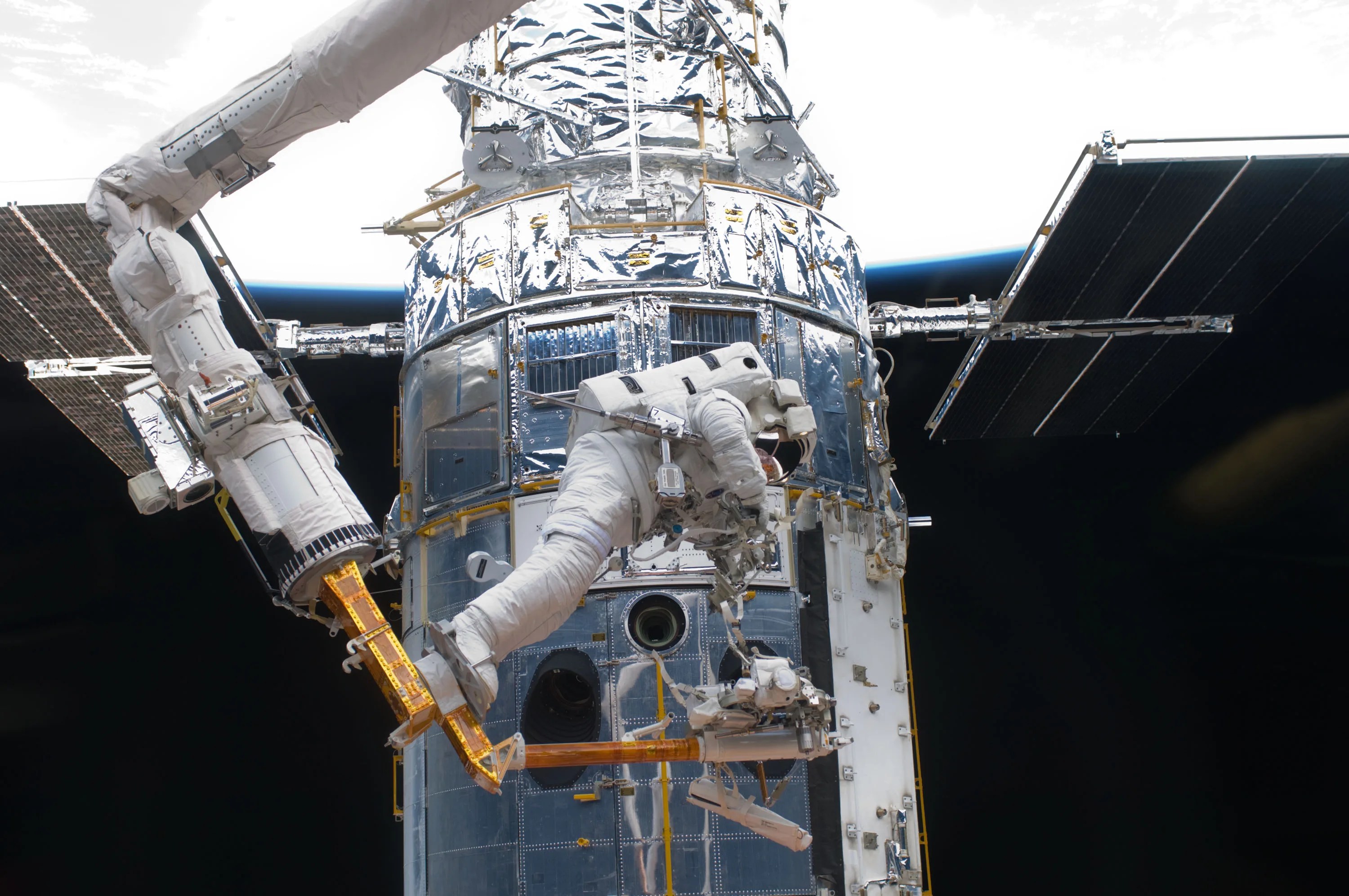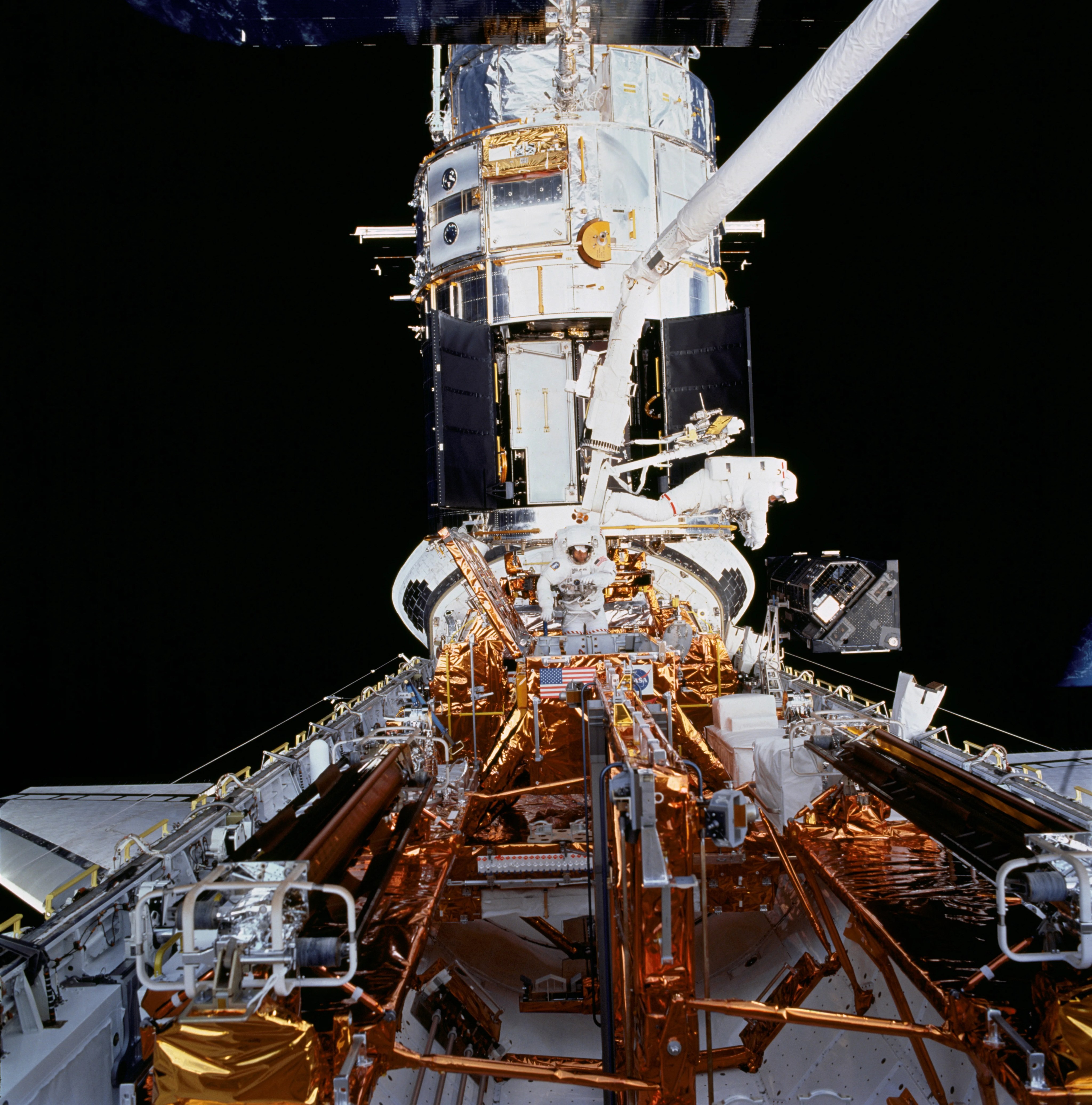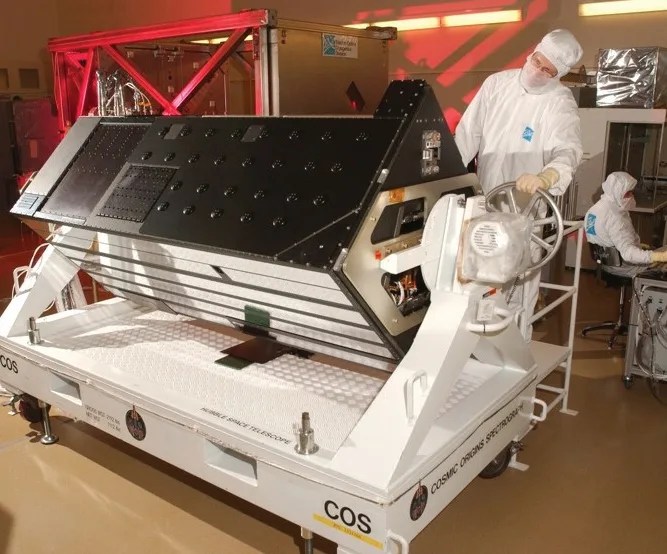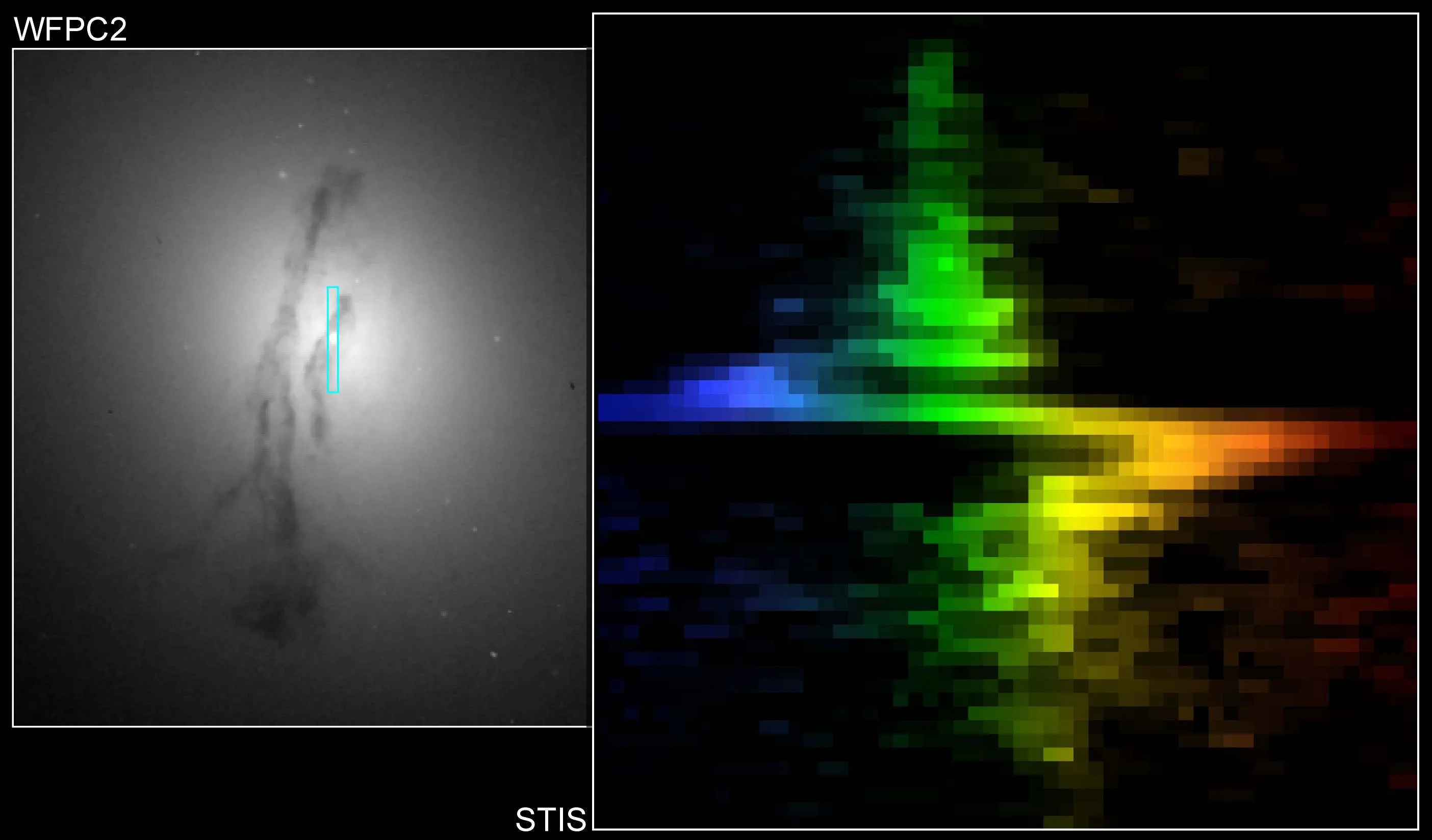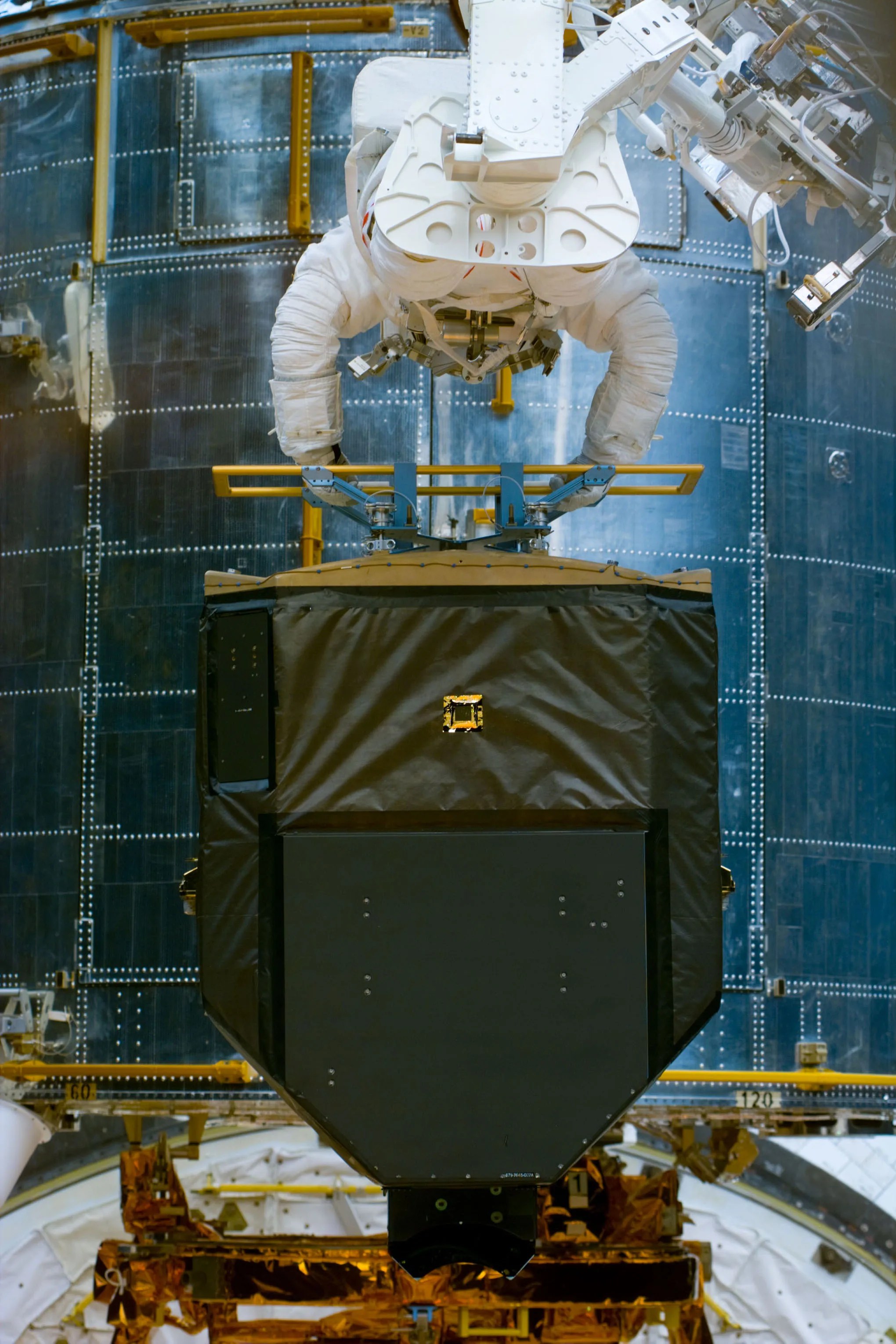Design
Wide Field Camera 3
Installed by astronauts during Hubble Servicing Mission 4 in 2009, the Wide Field Camera 3 (WFC3) is continuing the pioneering tradition of previous Hubble cameras, but with critical improvements that are expanding the telescope’s voyage of discovery.
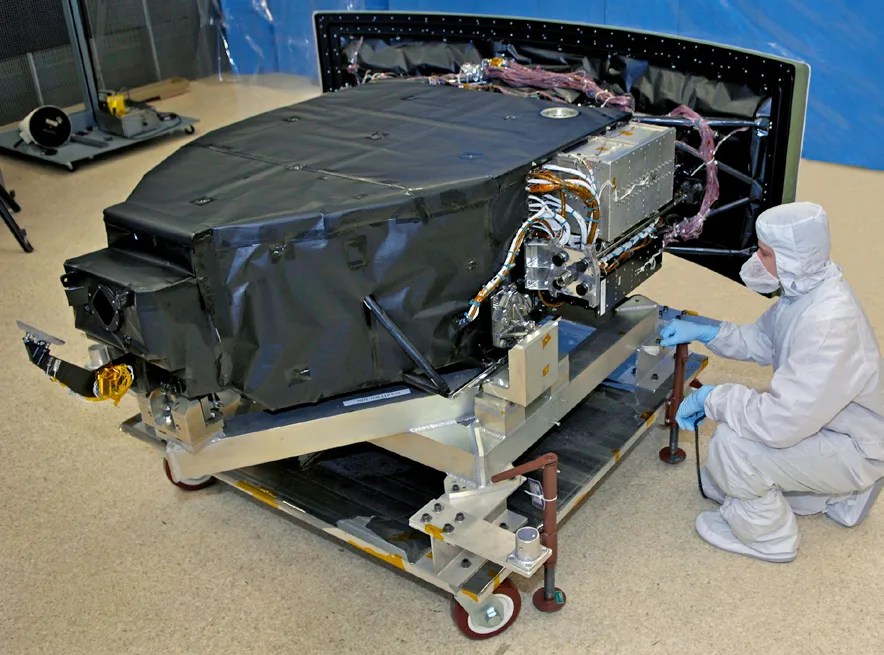
Overview
WFC3 studies a diverse range of objects and phenomena, from young and extremely distant galaxies, to much more nearby stellar systems, to objects within our very own solar system and exoplanets. Its key feature is its ability to span the electromagnetic spectrum from the ultraviolet (UV), through visible light, and into the near-infrared (NIR) WFC3 extends Hubble’s capability not only by seeing deeper into the universe, but also by providing images in three broad regions of the spectrum—UV-Visible-NIR.
It is this wide “panchromatic” coverage of WFC3 complements the telescope’s Advanced Camera for Surveys (ACS). ACS was optimized for visible light observations, and, although it can detect UV light, its UV field of view is small. ACS was not designed to go very far into the near-infrared. WFC3 produces excellent images in the visible, but most importantly it fills in the missing wide-field coverage in the ultraviolet and near-infrared. WFC3 and ACS working in tandem have created a new golden age of imaging for Hubble. Moreover, WFC3’s ability to create crisp images and spectra of infrared sources makes it a stepping stone to NASA’s James Webb Space Telescope, Hubble’s successor planned for launch in 2018.
The Instrument
WFC3 is configured as a two-channel instrument. Its wide- wavelength coverage with high efficiency is made possible by this dual-channel design using two detector technologies. The incoming light beam from the Hubble telescope is directed into WFC3 using a pick-off mirror, and is directed to either the Ultraviolet-Visible (UVIS) channel or the Near-Infrared (NIR) channel. The light-sensing detectors in both channels are solid-state devices. The UVIS channel uses a large format Charge Coupled Device (CCD), similar to those found in digital cameras. In the NIR detector the crystalline photosensitive surface is composed of mercury, cadmium, and tellurium (HgCdTe).
The high sensitivity to light of the 16 megapixel UVIS CCD, combined with a wide field of view (160x160 arcseconds), yields about a 35-times improvement in discovery power versus the ACS High Resolution Channel. WFC3’s HgCdTe detector is a highly advanced and larger version of the detectors in the Hubble’s NICMOS (Near Infrared Camera and Multi-Object Spectrometer), a first-generation NIR instrument that used a cryogenic cooler that last operated in 2008. Compared to NICMOS, WFC3 has six times the NIR field of view and 16 times as many pixels.
An important innovation for the WFC3 NIR channel was designing its detector to be insensitive to infrared light longer in wavelength than 1700 nm. Because of that, it is unnecessary to use a cryogen (e.g., liquid or solid nitrogen) to cool the detector. Instead the detector is chilled with an electrical device called a thermo-electric cooler. This greatly simplifies the design and gives WFC3 a longer operational life.
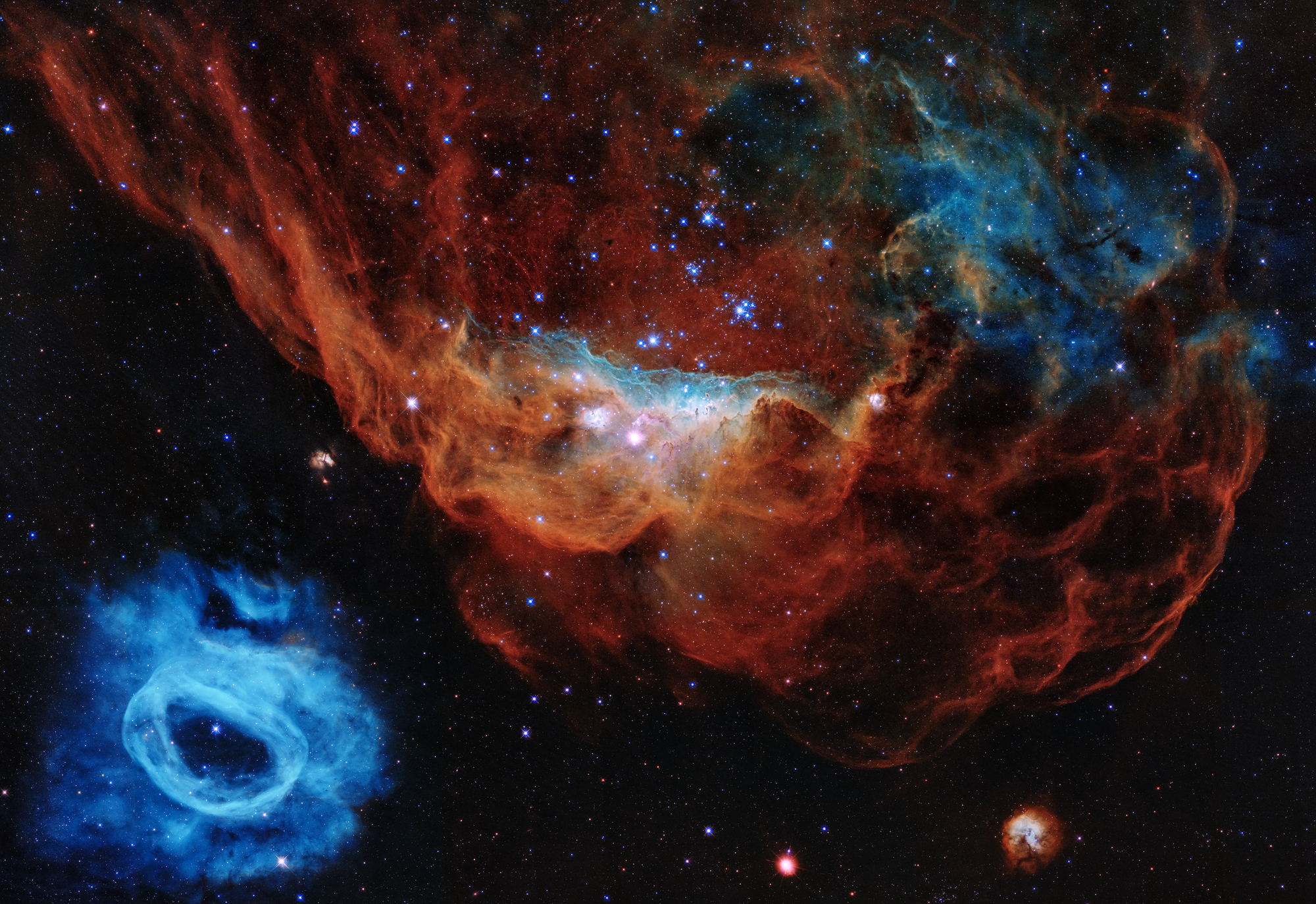
Mission Science Discoveries
Deep-Sky Surveys—WFC3’s sharp resolution and panchromatic view is allowing astronomers to study stars and galaxies farther back in time than ever before. They have used WFC3, often in tandem with the ACS, in ambitious surveys of the distant universe, piggybacking on the success of previous Hubble galaxy surveys, such as the Hubble Deep Field. Both instruments combined cover a broad wavelength range, from ultraviolet to near-infrared, and can take data simultaneously.
In two of the surveys, Frontier Fields and the Cluster Lensing and Supernova survey with Hubble (CLASH), astronomers used WFC3 and ACS with a natural “cosmic lens” in space to find distant objects that otherwise would be too faint to be seen by telescopes alone. These so-called gravitational lenses are massive galaxy clusters whose powerful gravity magnify and brighten the light of objects far behind them.
In the CLASH census, WFC3 and ACS spotted one of the earliest galaxies ever seen. The galaxy was observed just 420 million years after the Big Bang. Astronomers are also using observations in both surveys to create more accurate dark-matter maps of the galaxy clusters in the census. Dark matter cannot be seen, but it makes up the bulk of the universe’s matter.
Exploding Stars—WFC3 provided the strongest evidence yet that short-duration gamma-ray bursts are produced by the merger of two small, super-dense stellar objects. The evidence is in the detection of a new kind of stellar blast called a kilonova, resulting from the energy released when a pair of compact objects crash together. WFC3 observed the kilonova following the discovery of a short gamma-ray burst.
WFC3 helped astronomers set a new record for the farthest Type Ia supernova, which are used to measure cosmic distances. Nicknamed Supernova Wilson after American President Woodrow Wilson, the supernova exploded more than 10 billion years ago. Finding remote supernovae provides a powerful method to measure the universe’s accelerating expansion, for which WFC3 instrument scientist Adam Riess shared the 2011 Nobel Prize in Physics.
Solar System—WFC3 found the fourth and fifth moons circling the icy dwarf planet Pluto. These moons are each only a few miles across. The camera also discovered the 14th known moon orbiting the distant blue-green planet Neptune.
Astronomers used WFC3’s superb resolution to photograph a never-before-seen breakup of a small asteroid into as many as 10 pieces. Located in the asteroid belt, the asteroid may have disintegrated due to a subtle effect of sunlight, which causes the asteroid to spin faster and faster. Eventually, pieces of the asteroid gently pull apart due to centrifugal force. Four of the asteroid’s largest rocky fragments are up to 200 yards in radius, about twice the length of a football field. With another WFC3 discovery of an active asteroid spouting six tails, astronomers are seeing more circumstantial evidence that the pressure of sunlight may be the primary force that disintegrates small asteroids, measuring less than a mile across, in the solar system.
Extrasolar planets—In addition to imaging, WFC3 contains a spectrograph that dissects starlight in visible and in infrared light. Using this capability, WFC3 has directly detected water vapor in some exoplanets’ atmospheres and found indirect evidence of clouds in other exoplanets’ atmospheres. These exoplanets range from ones larger than Jupiter to ones smaller than Neptune. Astronomers hope to push these studies down to Earth-sized planets in the future.
WFC3 images of a vast debris disk encircling the nearby star Fomalhaut may provide evidence that the planet orbiting it follows an unusual elliptical orbit that carries it on a potentially destructive path through the vast dust ring. The WFC3 observation may be circumstantial evidence that there may be other planet-like bodies in the system that gravitationally disturbed the planet, called Fomalhaut b, to place it in such a highly eccentric orbit.
Servicing Mission 4
The Hubble Space Telescope was reborn with Servicing Mission 4 (SM4), the fifth and final servicing of the orbiting observatory. Two instruments were repaired during the mission, and two new ones were added, including Wide Field Camera 3.
Learn More